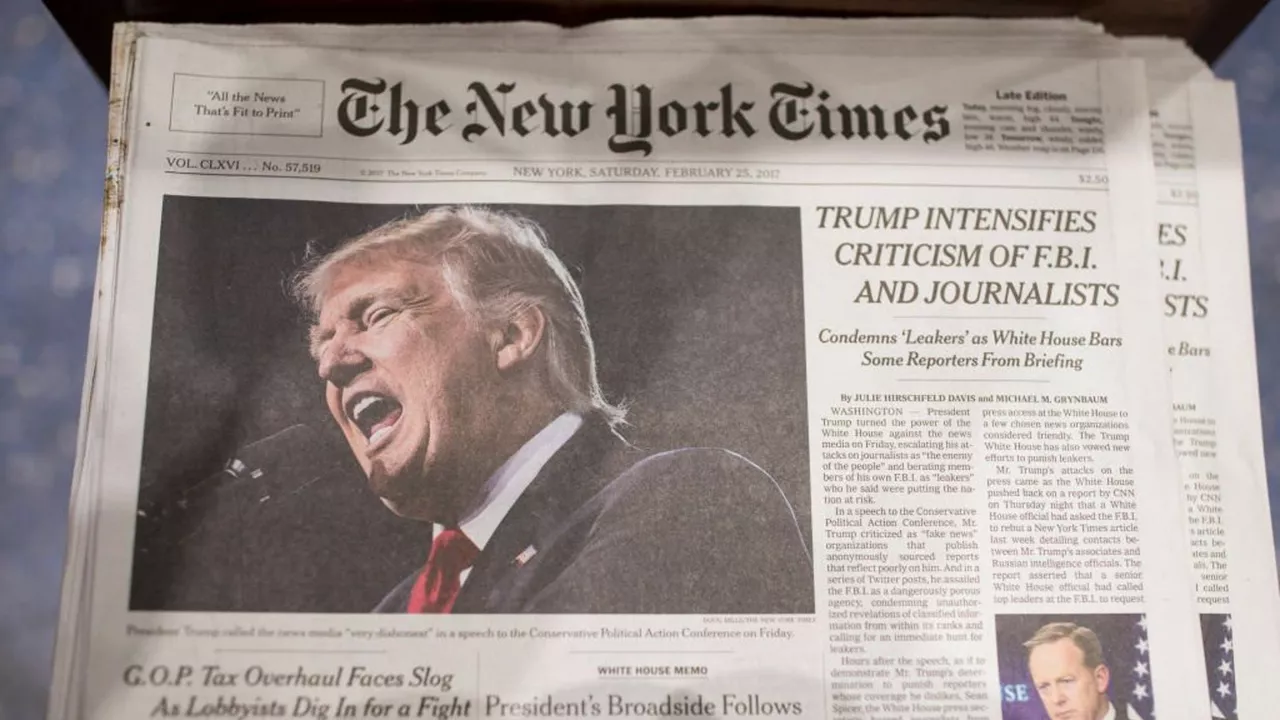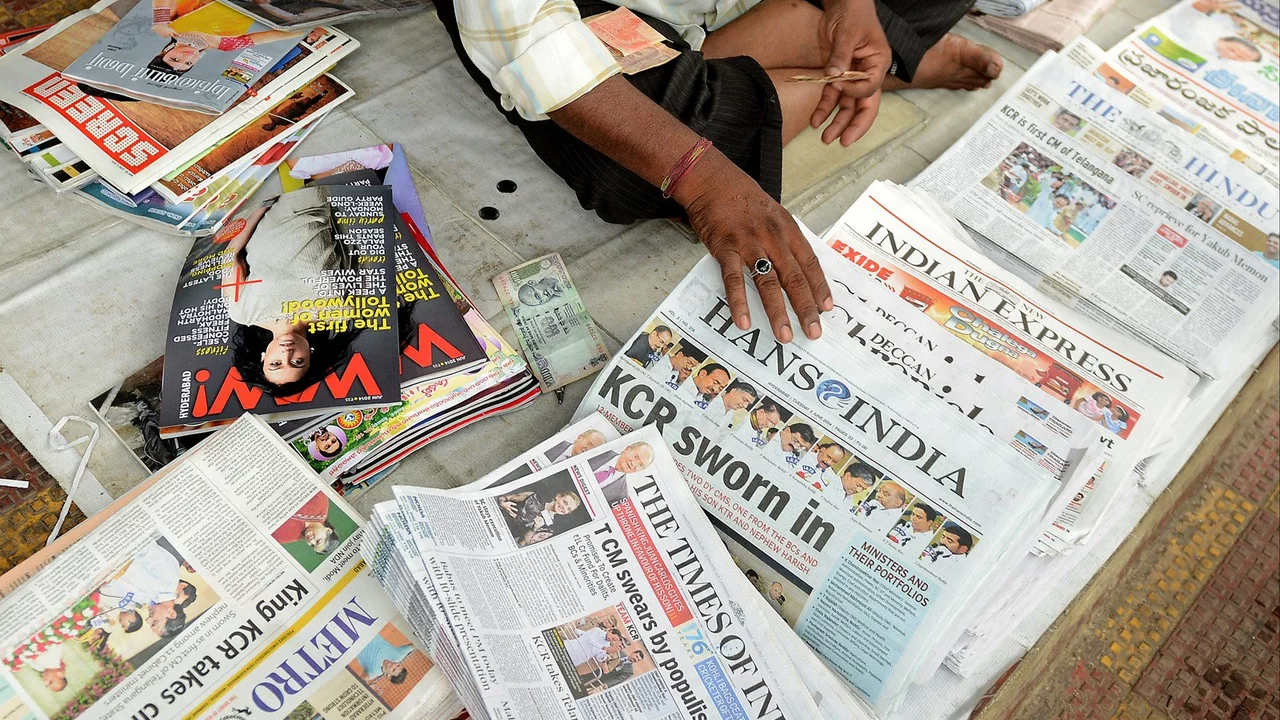Media Bias Explained: Spotting Skewed News and Why It Matters
Ever read an article and felt it was pushing an agenda? That's media bias in action. It’s the subtle (or sometimes obvious) tilt in reporting that shapes how we think about events, people, or policies. In a country as diverse as India, bias can slip into everything from sports coverage to government job updates.
What is Media Bias?
Media bias is any deviation from neutral, factual reporting. It can be a word choice, a story’s angle, or the selection of what gets covered. For example, a piece about the BBC Hindi controversy might focus only on accusations of bias without mentioning any counter‑arguments. That creates a one‑sided picture. Bias isn’t always intentional; sometimes it’s the result of a reporter’s background, the outlet’s audience, or even commercial pressures.
There are several common types: selection bias (choosing certain stories over others), tone bias (using positive or negative language), and placement bias (giving a story a front‑page spot versus a back‑page mention). Understanding these helps you cut through the noise.
Spotting Bias in Everyday News
Here are a few quick tricks you can use right now:
- Check the language: Words like "claim" or "alleged" signal that the fact isn’t proven. If an article calls a policy "unfair" without evidence, that’s a red flag.
- Look for missing viewpoints: A story about reservation in job promotions that only quotes opponents is probably biased. Balanced pieces quote both sides.
- Notice the source: Outlets with a clear political leaning will tilt their coverage accordingly. Knowing an outlet’s typical stance can give you context.
- Compare multiple sources: If three different sites report the same event but frame it differently, you’re likely seeing bias at work.
Take the recent post titled “Reservation in job promotions not fundamental right?” – if it only highlights the criticism and ignores the constitutional debates, the reader gets a skewed view. By reading a follow‑up from a neutral legal analysis, you get the full picture.
Another everyday example is sports coverage. The article about “India vs England 5th Test Day 2” might emphasize a player's potential fifty while downplaying the opponent’s performance. That’s a subtle form of national bias, common in local outlets.
Why does this matter for you? Because when you’re hunting for government job notifications, you need accurate, unbiased info. A biased source might exaggerate a vacancy’s importance or hide eligibility criteria, leading you to waste time.
So the next time you scroll through headlines, pause and ask: Who benefits from this angle? Who might be left out? A quick mental check can keep you from being swayed by hidden agendas.
In short, media bias is everywhere, but it’s also easy to spot when you know what to look for. Stay curious, compare, and don’t take the first story at face value. Your decisions – whether about a career move or forming an opinion – will be smarter for it.
Why is The New York Times so critical of India?
Alrighty folks, let's venture into this spicy topic. Ever wondered why the New York Times seems to have a grudge against India? It's like they're playing a game of "Whose Country Can We Criticize More?" and India's their favorite contestant! Some say it's about political bias, others argue it's due to their Western perspective. Bottom line, it's a complex soup of factors, but the flavor sure seems to lean towards the 'critical of India' side!
Read moreDo you hate Indian news channels?
As a viewer, I've been observing Indian news channels and it's clear there's a growing sentiment of dissatisfaction among the audience. The excessive sensationalism, lack of objective reporting, and incessant debates often overshadow the actual news. The intertwined relationship between politics and media also influences the content, raising questions about the credibility of these channels. While it would be unfair to say I hate them, it’s definitely disheartening to see the current state of affairs. I believe there’s an urgent need for reform to reclaim the essence of true journalism.
Read more
